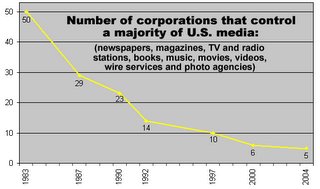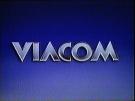 TECHNOLOGY
TECHNOLOGY
- A major force behind the changes that will occur in the broadcast industry is technology- digital technology.
- Cable will be the place where the public gets their news and entertainment.
"The emerging structure of the television industry will flow primarily from cable television, a monopoly service that already serves 70 percent of all U.S. viewers (direct broadcast satellite controls the next 15 percent, with over-the-Air broadcast serving the remainder)." -Alternet.org
- Advertisers will move more and more ads online and to cable programs that have "more reach."
- TV stations will utilize the internet more, putting more videos of their broadcasts online and utilize exclusive web programming. They will also use other interactive technologies like podcasts and custom online newscasts

 "Technology has made it possible for news to be high quality and for advertisers to have a greater reach. Simply put, the future of broadcasting lies in the future developments in technology." -Tiffani
"Technology has made it possible for news to be high quality and for advertisers to have a greater reach. Simply put, the future of broadcasting lies in the future developments in technology." -Tiffani















